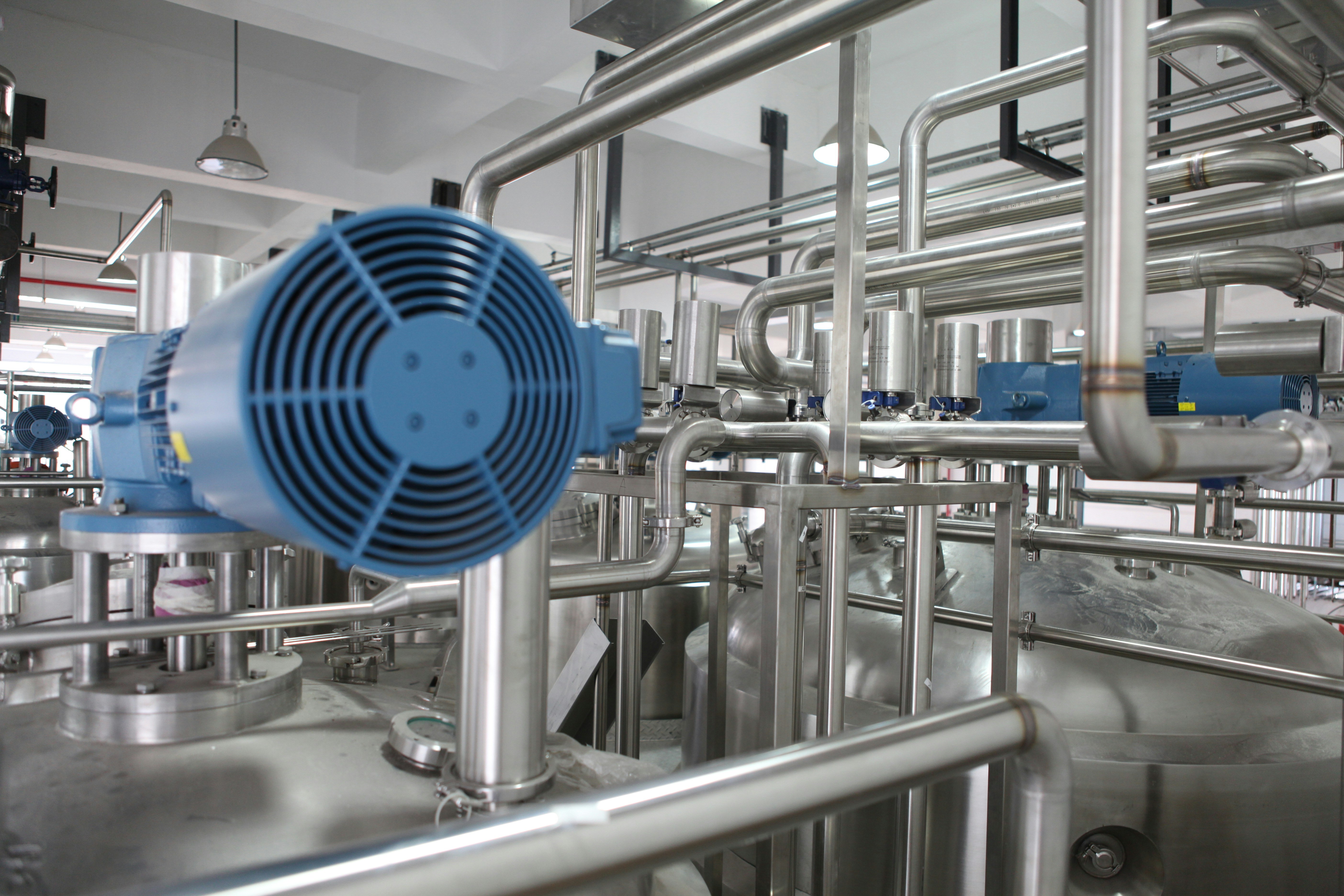Maintenance costs take a heavy toll on the finances of a company, regardless of type or size. On top of that, excessive running costs drastically curb your profit margins. That said, many companies still manage to adopt smart cost-saving initiatives to cut down maintenance and operational expenses without decreasing efficiency. Continue reading to learn four strategies to reduce maintenance costs.
1. Adopt a Contact Center as a Service (CCaaS) model.

CCaaS is a cloud-based call center technology that unifies all communication channels to optimize customer service. Replacing an in-house contact center with a virtual contact center will significantly reduce personnel, equipment, and operational costs. Additionally, it enables prompt response to customer queries, which ultimately enhances customer satisfaction. Some notable CCaaS vendors include Five9, Avaya, and Bright Pattern.
The latter (Bright Pattern) is an industry-leading CCaaS vendor that has helped many companies provide seamless, personalized customer service. What’s more, any business can access its robust contact center solutions regardless of size. Furthermore, they’re continuously optimizing the software with new features to ensure only the best customer experience is delivered. Besides reducing upgrade and maintenance costs, Bright Pattern’s CCaaS model utilizes advanced technology to ensure a 24/7 uninterrupted service for your company.
2. Buy quality equipment.

One way to cut down on maintenance costs and save money is to purchase quality equipment regardless of price. Buying cheaper equipment may end up costing you a lot in the long run for a simple reason: low-end pieces of equipment are prone to fail and break down sooner.
In contrast, quality equipment is built with efficiency and durability in mind. Additionally, these high-end pieces of equipment drastically reduce downtime, which enhances productivity. It’s smarter to buy a piece of equipment that will serve you for a long time than one that will keep incurring massive maintenance and repair costs.
3. Put your staff to good use.

It’s likely that your employees want to make a valuable contribution to their acquired skills. By acknowledging their skillset and putting it to good use, you increase their motivation and productivity and ultimately reduce your costs. However, it would help if you didn’t overwhelm your staff with demands, as this is counterproductive. It’s crucial to find the right challenge for each of your employees and thus maximize your success.
On the flip side, if your staff lacks the required skills to handle and maintain equipment properly, allowing them to “learn on the job” will help. Training your staff puts them in a better position to identify possible problems in time and carry out the necessary adjustments and repairs. Staff should receive regular training for the appropriate procedures and practices. Furthermore, assign tasks to those with the right skillsets to ensure efficient and optimal performance.
Lastly, bring maintenance supervisors onboard to ensure that the team adheres to established maintenance protocol and that nothing gets overlooked. Staff should also assume full responsibility for the care and handling of any work equipment.
4. Practice preventive maintenance.
Preventive maintenance aims to increase an asset’s lifetime by carrying out measures to prevent excess depreciation and untimely breakdown. What’s more, practicing preventative maintenance ensures that all your purchases are kept in good working condition.
This entails thorough cleaning, lubrication, repairs, adjustment, and parts replacements. Besides reducing maintenance costs, preventive maintenance decreases downtime for significant repairs. It also increases productivity as well as the service life for machine parts.
The type of preventative maintenance schedule to implement depends on the type of equipment. Some common types include calendar-based maintenance, predictive maintenance, usage-based maintenance, and prescriptive maintenance. Assets such as HVAC systems, production line equipment, as well as water and electrical systems, require routine preventive maintenance to prevent total breakdown and substantial repair costs.



